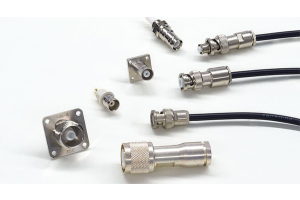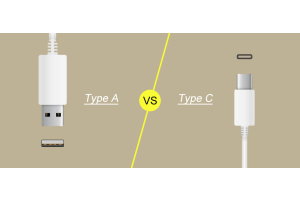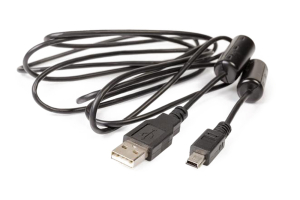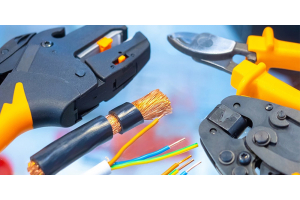What is an RF Adapter
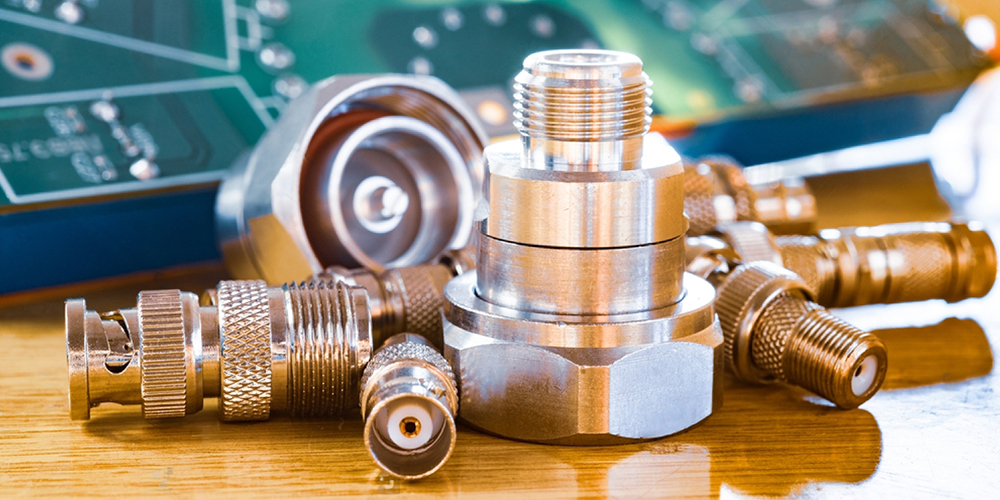
RF adapters are a device used to connect and convert RF signals of different types or different frequencies. It usually consists of two connectors and a converter, which can convert one type of connector to another type of connector, or convert a signal of one frequency to another frequency. RF adapters are widely used in wireless communication, television, satellite communication, radar and other fields.
Adaptor Type and Structure
RF adapters are used to transmit RF signals over a wide range of frequencies, up to 50 Ghz or higher, mainly for radar, communications, data transmission and aerospace equipment. The basic structure of an RF adapter consists of a center conductor, a dielectric material (or insulator), and an outer conductor (which plays the same role as the outer shield of a coaxial cable). Coaxial adapters are mainly divided into BNC, TNC, SMA, SMB, N type, etc.
An adapter is a connector used to connect different types or sizes of devices. According to the type and structure of the connector, adapters can be classified into the following types:
- Same kind of connector adapter: used to connect the same kind of connectors, such as SMA to SMA, BNC to BNC, etc.
- Different kinds of connector adapters: used to connect different kinds of connectors, such as BNC to SMA, SMA to N, etc.
- Header adapter: used to connect two different kinds of cables, such as RG58 to RG6, RG174 to RG58, etc.
- T-adapter: Used for branching connection to connect one signal cable into two or more signal cables, such as SMA T-adapter, BNC T-adapter, etc.
- Swivel adapter: Used to rotate the angle of the connector to easily adjust the orientation of the connector, such as SMA swivel adapter, N swivel adapter, etc.
The structure of the adapter also has a variety of different forms, such as straight-through, angle, T-type, rotary, etc. The specific structure form depends on the use of the adapter and the type of connector.
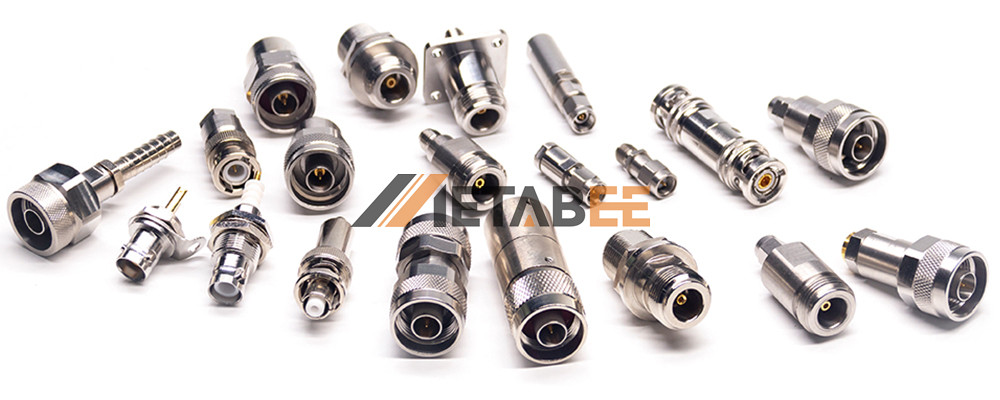

Adaptor Grade
There are usually three grades of each type of adapter available, providing the right adapter for each type while balancing cost and performance. Some special adapters (connectors) may not be available in all three grades.
1.Measurement level
- Standard parts for calibration
- Highest performance slotless connection design
- Minimal tolerances
- Air media
- Long life
- High production cost
Among all connector grades, the metrology grade connector has the best performance, while his cost is also the highest. They are Generally used as calibration standards, performance verification standards and some applications requiring precision connections. This grade of connectors have the most accurate dimensions, the smallest tolerances, and can withstand repeated connections, so it is also the longest life of any grade. It has the longest service life of any grade.
Metrology grade adapters are the closest in terms of material and dimensional specifications. In order to provide the highest level of performance and traceability Metrology grade adapters use air media connections and slotless female connections.
Although metrology grade adapters are very repeatable and provide good accuracy after many uses, this does not mean that metrology grade adapters are sturdy and do not require great care when used. On the contrary, since the tools and processes used in the production of this grade of adapter are of the highest precision, matching a lower grade of adapter with a metrology grade adapter, dust and other small debris can invalidate a highly accurate measurement and potentially damage the metrology grade adapter.
Metrology grade RF adaptors are suitable for scenarios that require high frequency transmission, such as signal testing, antenna connections, microwave communications, and other areas. These scenarios require high quality, low loss signal transmission and need to consider the stability and reliability of the connector.


Note: Do not use adapters from your metrology standards (metrology grade) to production grade adapters.
2.Instrument Grade
- Used on the output input interface of the instrument and some economical calibrators
- Better performance
- Smaller tolerances
- Supports non-conductive media interfaces
- Long service life
Instrument grade adapters are generally considered to be "intermediate" grade adapters. This grade of adapter is mainly used for the inside of instrument connectors and instrument connectors, but is also used on some economical calibrators. It provides better test performance and tighter tolerance. Compared to metrology grade adapters, some instrument grade adapters may use a non-conductive media interface and may not be a perfect match for metrology grade adapters.
Instrument grade RF adapters are mainly used in RF testing, medical equipment and radar systems. Instrumentation grade RF adapters have a wide range of applications in the RF field and can meet a variety of different RF connection needs.


Note: Although academically called instrument-grade, some instruments have test connectors with very sophisticated connectors (not Very close to metrology grade), so try to add a proper adapter to the test port of the instrument during use.
3.Production Grade
- Used in products
- Low performance
- Large Tolerances
- Supports non-conductive media interfaces
- Limited number of connections
- Low cost
This is the lowest grade of adapters, usually used for testing products, and because of its large tolerances, this grade of adapters has the worst performance of all. Whenever you use this grade of adapter to connect to your instrument, you need to check the adapter carefully. Do not use production grade adapters to connect your metrology grade connectors. Production grade adapters are less costly and have a shorter life span. If the measured part has a lower connector grade, use an appropriate adapter to protect the instrument's connector when connecting it to the instrument.


Matching Between Adapters
Differences in the size of the outer conductors of the adapters prevent the mixing of connectors that are not compatible with each other. Wear and tear, lack of cleaning, incorrect connection methods, and poor storage practices can cause damage to adapters during daily use. Using a damaged or defective adapter can cause damage to the one it is compatible with, so please clean and test all adapters before using them. In addition, not all adapters have three grades. When different adapters are matched for use, production grade ones may cause damage to metering grade adapters, and the appropriate adapters should be used to transition with reference to the grade of the adapters.
Proper selection and installation of RF adapters
Proper selection and installation of RF adapters requires the following steps:
- Determine the two RF interface types that need to be transferred, such as SMA and N type.
- Identify the frequency range that needs to be transferred and select the appropriate RF adapter for that frequency range.
- Identify the type of signal to be transferred, such as analog or digital, and select the appropriate RF adapter.
- Select the appropriate material and connection method, such as solder or threaded connection.
- Ensure proper tools and skills are used when making connections to avoid damage to the RF adapter.
- Before installation, clean and inspect the connection points to ensure that there are no impurities or damage.
- When installing RF adapters, make sure the connection is tight to avoid signal attenuation and interference.
- After installation, perform tests to ensure that the performance of the adapter meets the requirements.

